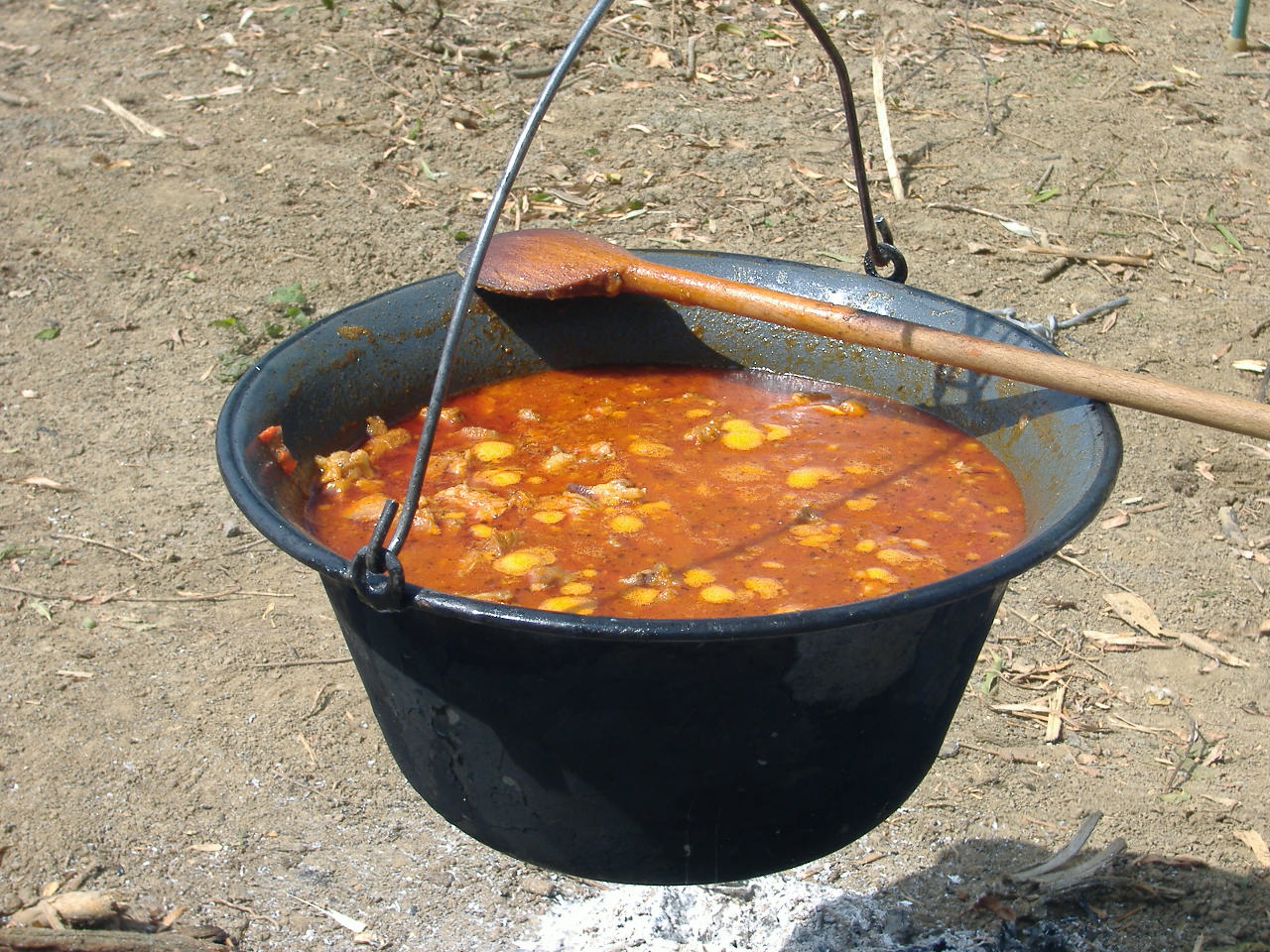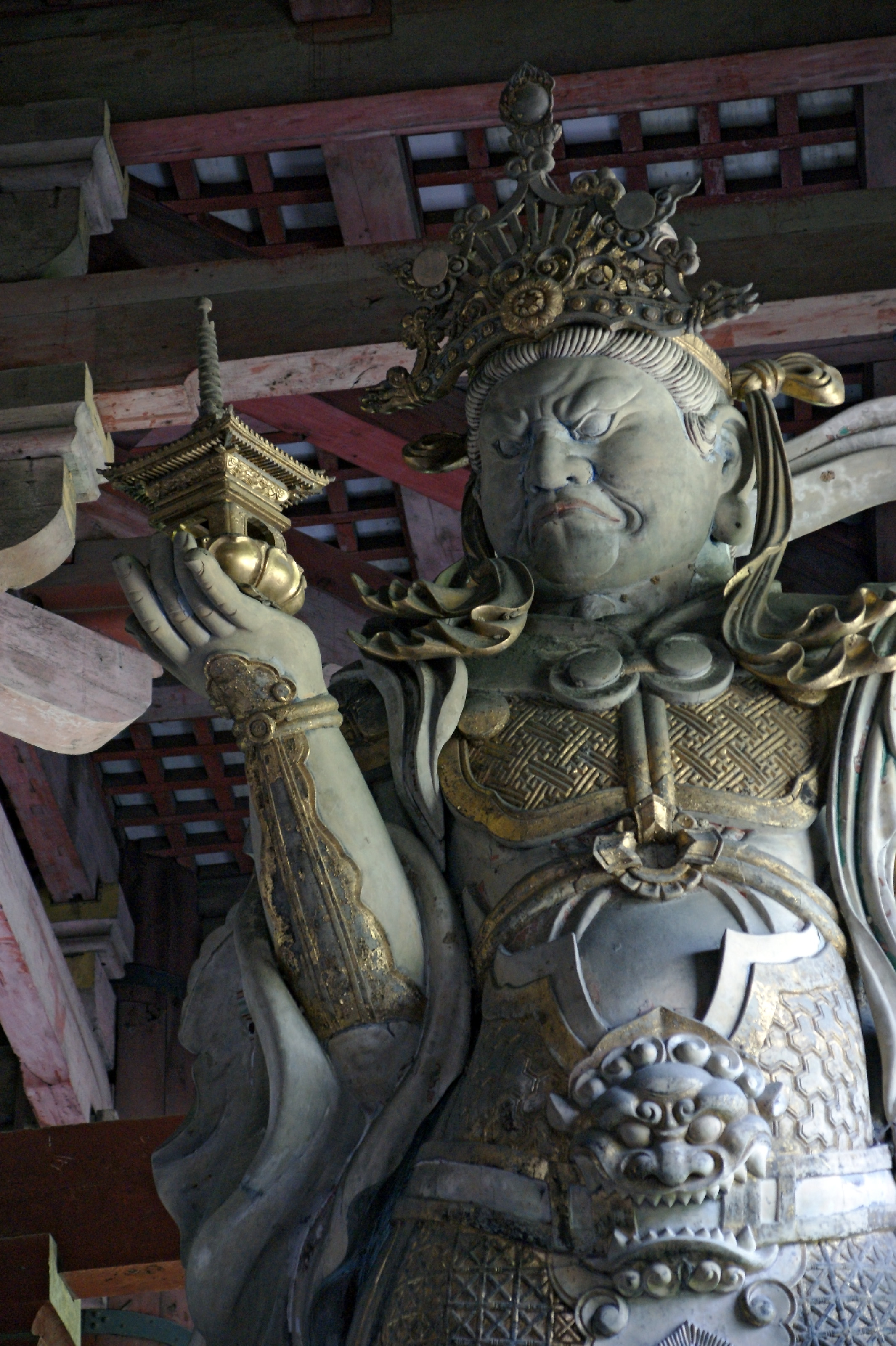|
Zhiyuan Temple (Mount Jiuhua)
Zhiyuan Temple () is a Buddhist temple located on Mount Jiuhua, in Qingyang County, Anhui, China. Alongside Ganlu Temple, Baisui Palace and Dongyan Chan Temple are honoured as the "Four Buddhist Temple on Mount Jiuhua". Name The name of the temple is cited from Buddhist Stories, which says that Gautama Buddha resided in a monastery named "Zhiyuan" () or "Guduyuan" () or Jetavana for over twenty years. History Zhiyuan Temple was first built in the Jiajing period (1522–1566) of the Ming dynasty (1368–1644), and went through many changes and repairs through the following Qing dynasty (1644–1911). Most of the present structures in the temple were repaired or built in the Qing dynasty. In 1841, during the reign of Daoguang Emperor (1840–1850) in the Qing dynasty, abbot Longshan () died. His body became a mummy but was destroyed by the Red Guards in the Cultural Revolution. The temple was originally named "Zhishu'an" () and renamed "Zhiyuan Temple" after the ... [...More Info...] [...Related Items...] OR: [Wikipedia] [Google] [Baidu] |
Mahavira Hall
A Mahavira Hall, usually simply known as a Main Hall, is the main hall or building in a traditional Chinese Buddhist temple, enshrining representations of Gautama Buddha and various other buddhas and bodhisattvas. It is encountered throughout East Asia. Names From their importance and use, they are often simply known in English as the temples' "Main" or "Great Halls". The term "Mahavira Hall", also encountered as "Mahāvīra Hall" or "Hall of the Mahāvīra", is a reverse translation, employing the original Sanskrit term in place of its Chinese or English equivalent. They are also known as the Precious Hall of the Great Hero, the Hall of Great Strength, or the Daxiongbao Hall. Less often, a main hall is called an " adytum", after the equivalent area in Greco-Roman temples. It is also sometimes misunderstood as the "Great, Powerful, and Precious Palace".. Description Mahavira Hall is the main hall of a Buddhist temple. It is generally located in the north of the Heavenly Kin ... [...More Info...] [...Related Items...] OR: [Wikipedia] [Google] [Baidu] |
National Key Buddhist Temples In Han Chinese Area
National Key Buddhist Temples in Han Chinese Area are national key ("important") Buddhist temples in areas traditionally associated with the Han Chinese in the People's Republic of China (excluding Inner Mongolia, Tibet, and Xinjiang). The list was originally released on 9 April 1983 by the State Council, and included 142 Buddhist temples, of which all in the original list are listed below. List North China * Beijing: Guangji Temple, Fayuan Temple, Lingguang Temple, Guanghua Temple (Beijing), Tongjiao Temple, Yonghe Temple, Xihuang Temple * Tianjin: Temple of Great Compassion * Hebei: ** Zhengding County: Linji Temple ** Chengde: Puning Temple * Shanxi: ** Taiyuan: Chongshan Temple ** Datong: Huayan Temple ** Jiaocheng County: Xuanzhong Temple ** Mount Wutai: Xiantong Temple, Tayuan Temple, Pusading, Shuxiang Temple, Luohou Temple, Jinge Temple, Guangzong Temple, Bishan Temple, Shifang Temple, Dailuoding, Xixian Temple Northeast China * Liaoning ** Shenyan ... [...More Info...] [...Related Items...] OR: [Wikipedia] [Google] [Baidu] |
Cauldron
A cauldron (or caldron) is a large pot ( kettle) for cooking or boiling over an open fire, with a lid and frequently with an arc-shaped hanger and/or integral handles or feet. There is a rich history of cauldron lore in religion, mythology, and folklore. Etymology The word cauldron is first recorded in Middle English as ''caudroun'' (13th century). It was borrowed from Norman ''caudron''T. F. Hoad, ''English Etymology'', Oxford University Press, 1993 (). p. 67. ( Picard ''caudron'', french: chaudron). It represents the phonetical evolution of Vulgar Latin ''*caldario'' for Classical Latin ''caldārium'' "hot bath", that derives from ''cal(i)dus'' "hot". The Norman-French word replaces the Old English ''ċetel'' (German ''(Koch)Kessel'' "cauldron", Dutch ''(kook)ketel'' "cauldron"), Middle English ''chetel''. The word "kettle" is a borrowing of the Old Norse variant ''ketill'' "cauldron". History Cauldrons can be found from the late Bronze Age period - vast cauldrons wit ... [...More Info...] [...Related Items...] OR: [Wikipedia] [Google] [Baidu] |
Eighteen Arhats
The Eighteen Arhats (or Luohan) () are depicted in Chinese Buddhism as the original followers of Gautama Buddha (''arhat'') who have followed the Noble Eightfold Path and attained the four stages of enlightenment. They have reached the state of Nirvana and are free of worldly cravings. They are charged to protect the Buddhist faith and to wait on earth for the coming of Maitreya, an enlightened Buddha prophesied to arrive on earth many millennia after Gautama Buddha's death (parinirvana). In China, the eighteen arhats are also a popular subject in Buddhist art, such as the famous Chinese group of glazed pottery luohans from Yixian from about 1000 CE. In China Originally, the arhats were composed of only 10 disciples of Gautama Buddha, although the earliest Indian sutras indicate that only 4 of them, Pindola, Kundadhana, Panthaka and Nakula, were instructed to await the coming of Maitreya. Earliest Chinese representations of the arhats can be traced back to as early as the fou ... [...More Info...] [...Related Items...] OR: [Wikipedia] [Google] [Baidu] |
Guanyin
Guanyin () is a Bodhisattva associated with compassion. She is the East Asian representation of Avalokiteśvara ( sa, अवलोकितेश्वर) and has been adopted by other Eastern religions, including Chinese folk religion. She was first given the appellation of "Goddess of Mercy" or "Mercy Goddess" by Jesuit missionaries in China. Guanyin is short for Guanshiyin, which means "he One WhoPerceives the Sounds of the World." On the 19th day of the sixth lunar month, Guanyin's attainment of Buddhahood is celebrated. Some Buddhists believe that when one of their adherents departs from this world, they are placed by Guanyin in the heart of a lotus, and then sent to the western pure land of Sukhāvatī. Guanyin is often referred to as the "most widely beloved Buddhist Divinity" with miraculous powers to assist all those who pray to her, as is mentioned in the ''Pumen chapter'' of '' Lotus Sutra'' and '' Kāraṇḍavyūha Sūtra''. Several large temples in East Asia ... [...More Info...] [...Related Items...] OR: [Wikipedia] [Google] [Baidu] |
Bhaisajyaguru
Bhaiṣajyaguru ( sa, भैषज्यगुरु, zh, t= , ja, 薬師仏, ko, 약사불, bo, སངས་རྒྱས་སྨན་བླ), or ''Bhaishajyaguru'', formally Bhaiṣajya-guru-vaiḍūrya-prabhā-rāja ("Medicine Master and King of Lapis Lazuli Light"; zh, t=藥師琉璃光(王)如來, ja, 薬師瑠璃光如来, ko, 약사유리광여래), is the Buddha of healing and medicine in Mahāyāna Buddhism. Commonly referred to as the "Medicine Buddha", he is described as a doctor who cures suffering (Pali/Sanskrit: dukkha/ duḥkha) using the medicine of his teachings. Bhaiṣajyaguru's original name and title was ''rāja'' (King), but Xuanzang translated it as Tathāgata (Buddha). Subsequent translations and commentaries followed Xuanzang in describing him as a Buddha. The image of Bhaiṣajyaguru is usually expressed with a canonical Buddha-like form holding a gallipot and, in some versions, possessing blue skin. Though also considered to be a guardian o ... [...More Info...] [...Related Items...] OR: [Wikipedia] [Google] [Baidu] |
Sakyamuni
Siddhartha Gautama, most commonly referred to as the Buddha, was a wandering ascetic and religious teacher who lived in South Asia during the 6th or 5th century BCE and founded Buddhism. According to Buddhist tradition, he was born in Lumbini, in what is now Nepal, to royal parents of the Shakya clan, but renounced his home life to live as a wandering ascetic ( sa, śramaṇa). After leading a life of begging, asceticism, and meditation, he attained enlightenment at Bodh Gaya in what is now India. The Buddha thereafter wandered through the lower Indo-Gangetic Plain, teaching and building a monastic order. He taught a Middle Way between sensual indulgence and severe asceticism, leading to Nirvana, that is, freedom from ignorance, craving, rebirth, and suffering. His teachings are summarized in the Noble Eightfold Path, a training of the mind that includes meditation and instruction in Buddhist ethics such as right effort, mindfulness, and ''jhana''. He died in Kushi ... [...More Info...] [...Related Items...] OR: [Wikipedia] [Google] [Baidu] |
Four Heavenly Kings
The Four Heavenly Kings are four Buddhist gods, each of whom is believed to watch over one cardinal direction of the world. In Chinese mythology, they are known collectively as the "Fēng Tiáo Yǔ Shùn" () or "Sìdà Tiānwáng" (). In the ancient language Sanskrit, they are called the "Chaturmahārāja" (चतुर्महाराज) or "Chaturmahārājikādeva": "Four Great Heavenly Kings". The Hall of Four Heavenly Kings is a standard component of Chinese Buddhist temples. Names The Kings are collectively named as follows: The Four Heavenly Kings are said to currently live in the Cāturmahārājika heaven (Pali: Cātummahārājika, "Of the Four Great Kings") on the lower slopes of Mount Sumeru, which is the lowest of the six worlds of the devas of the Kāmadhātu. They are the protectors of the world and fighters of evil, each able to command a legion of supernatural creatures to protect the Dharma. File:Guardian of Phra Meru Mas of Bhumibol Adulyadej - ... [...More Info...] [...Related Items...] OR: [Wikipedia] [Google] [Baidu] |
Maitreya
Maitreya (Sanskrit: ) or Metteyya (Pali: ), also Maitreya Buddha or Metteyya Buddha, is regarded as the future Buddhahood, Buddha of this world in Buddhist eschatology. As the 5th and final Buddha of the current Kalpa (time), kalpa, Maitreya's teachings will be aimed at reinstating the dharma, a vital concept in Hinduism, Buddhism, Sikhism and Jainism. In all branches of Buddhism, he is viewed as the direct successor of Gautama Buddha. In some Buddhist texts, Buddhist literature, such as the ''Amitabha Sutra'' and the ''Lotus Sutra'', he is referred to as Ajita. Despite many religious figures and spiritual leaders List of Buddha claimants, claiming to be Maitreya throughout history, all Buddhists firmly agree that these were false claims, indicating that Maitreya, the Buddha of the Future, is yet to appear. According to Buddhism, Buddhist tradition, Maitreya is a bodhisattva who is prophesied to appear on Earth, achieve complete Enlightenment (spiritual), Enlightenment, and teac ... [...More Info...] [...Related Items...] OR: [Wikipedia] [Google] [Baidu] |
Four Heavenly Kings Hall
The Hall of Four Heavenly Kings or Four Heavenly Kings Hall (), referred to as Hall of Heavenly Kings, is the first important hall inside a shanmen (mount gate) in Chinese Buddhist temples and is named due to the Four Heavenly Kings statues enshrined in the hall. Maitreya Buddha is enshrined in the Hall of Heavenly King and at the back of his statue is a statue of Skanda Bodhisattva facing the northern Mahavira Hall. In Buddhism, the Maitreya Buddha, also the future Buddha is Sakyamuni's successor. In the history of Chinese Buddhism, Maitreya Buddha has the handsome image in which he wears a coronet on his head and yingluo () on his body and his hands pose in mudras. According to ' (; ''Sung kao-seng chuan''), in the Later Liang Dynasty (907-923), there was a fat and big-stomached monk named "Qici" () in Fenghua of Mingzhou (now Zhejiang). Carrying a sack on his shoulder, he always begged in the markets and streets, laughing. So local people called him "The Sack Monk" (). When ... [...More Info...] [...Related Items...] OR: [Wikipedia] [Google] [Baidu] |




.jpg)

.jpg)